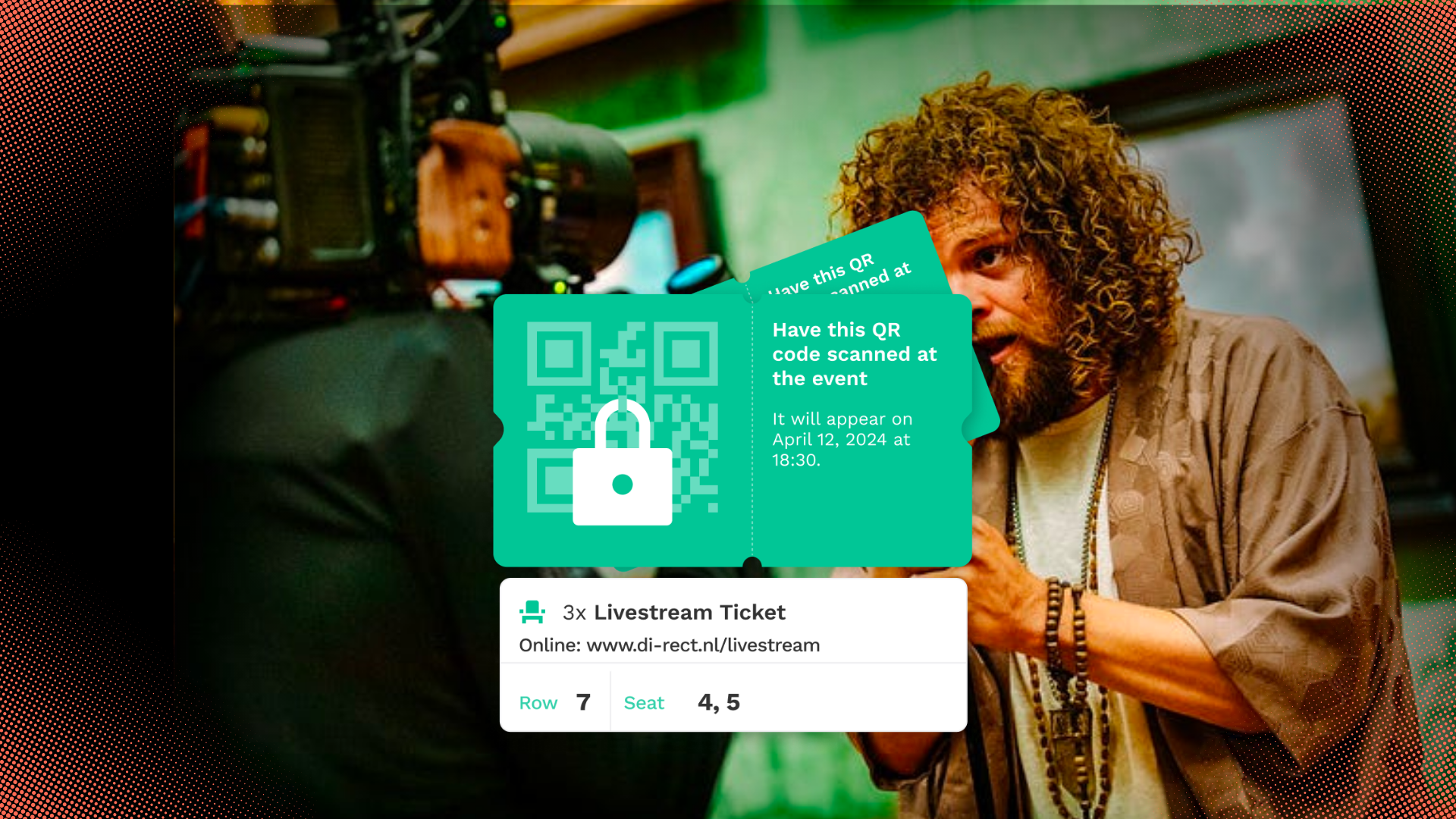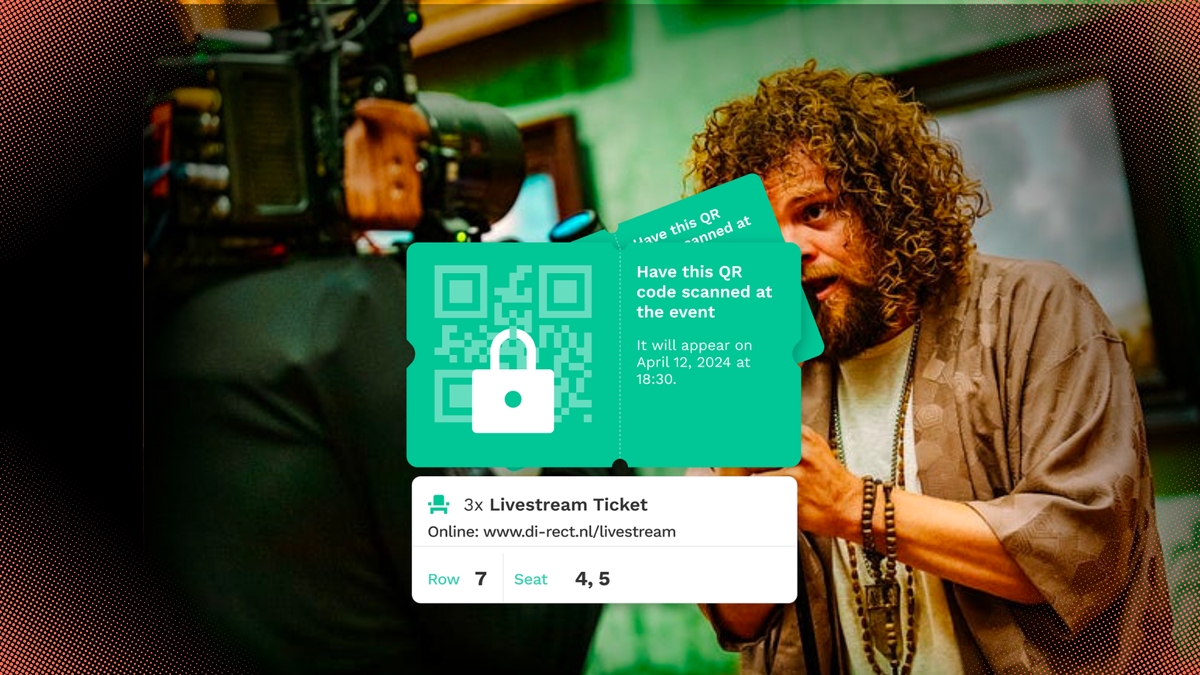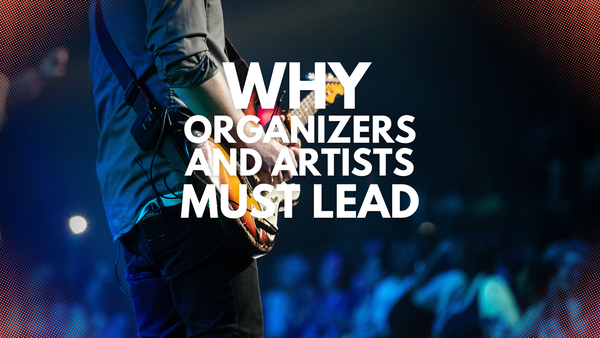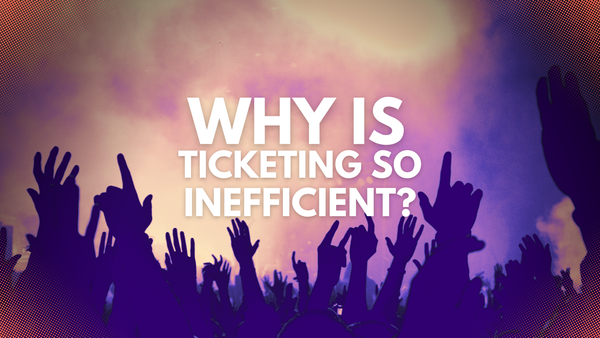
At GUTS Tickets, we’ve tried to lean into the changing reality of the world by finding ways of connecting artists worldwide with their fans.
In doing so we have had the privilege of ticketing 171 livestreams for a variety of (inter)national artists. Some with big fan bases and followings, some smaller.

Since this has been mostly uncharted territory until 2020, we thought we’d share some insights that we have discovered. To share our findings with others in the live industry and hopefully inspire and improve the livestream experience for artists and fans.
1.) Trust your fans with setting their own price
A large part of our recently ticketed live streams have followed the ‘pay-as-you-like’ principle, which only requires a minimum payment of 1 or 2 euro’s to cover costs, and allows fans to decide whether they want to pay 5, 10, 25 or 50 euro’s on top of that.

What’s been remarkable about this is that this approach does not only make your show significantly more accessible (which tends to get noticed by the press), we’ve also found that over 70% of ticket buyers pay more than the minimum.
2.) More = more
There’s no need to limit yourself to just one event. In fact, your audience might really appreciate a variety of livestreams — it’s not like there are tons of other things to do these days. For one artist, an SMS was sent out immediately after a livestream to inform all viewers of a subsequent show that they could now buy tickets for.
40% of those who received this SMS purchased tickets for the next show within 24 hours.

3.) Maximize the experience where you can
Sure you could do a performance from your kitchen using your phone, but chances are this won’t be a permanent memory in your fans’ brains. Although options might be limited, try to impact the things you can control. Like streaming from a unique location, or adding cool up-sells to your ticketshop, such as beers from your local brewery or a Christmas sweater!

4.) Allow some time between your two most important days
We also dove into the moments-of-purchase data. For this, two days are important: the day on which the livestream is announced (and the ticket shop opened) and the day of the livestream itself.

Don’t be alarmed if you haven’t sold massive amounts of tickets leading up to your show: 30% of total ticket sales of a live stream occur in the last 24 hours.

5.) Don’t forget to invest in your fans!
If you already have loyal fans, you may already have customers who want to see your livestream. If you don’t have this or are not sure, you will still have to get the word out. It’s highly recommended to advertise and generate awareness around your livestream, just like you would for a physical event. So use socials and pay to reach your fans on your socials.
6.) Final learning: Data = King
Artists that already had their own fan data sold 90% more tickets than artists that didn’t collect fan data before.
So, no fan data available? We advise you to start building, maintaining and optimizing your fan database/relationship today.
Your “fan-problem” grows if you don’t start today, don’t rely on data from third parties. During this corona crisis, most artists found out that having true fans around you is very important when physical performances disappear.
Once a fan buys a ticket for your show using GUTS, you have the relevant fan data and a direct fan relation. With this you break free from social media, where you have to pay more and more to reach your own followers.
Want to know more about any of the above, or want to set up your own livestream? Feel free to reach out to us on our contact page - for guidance from our sales team!





